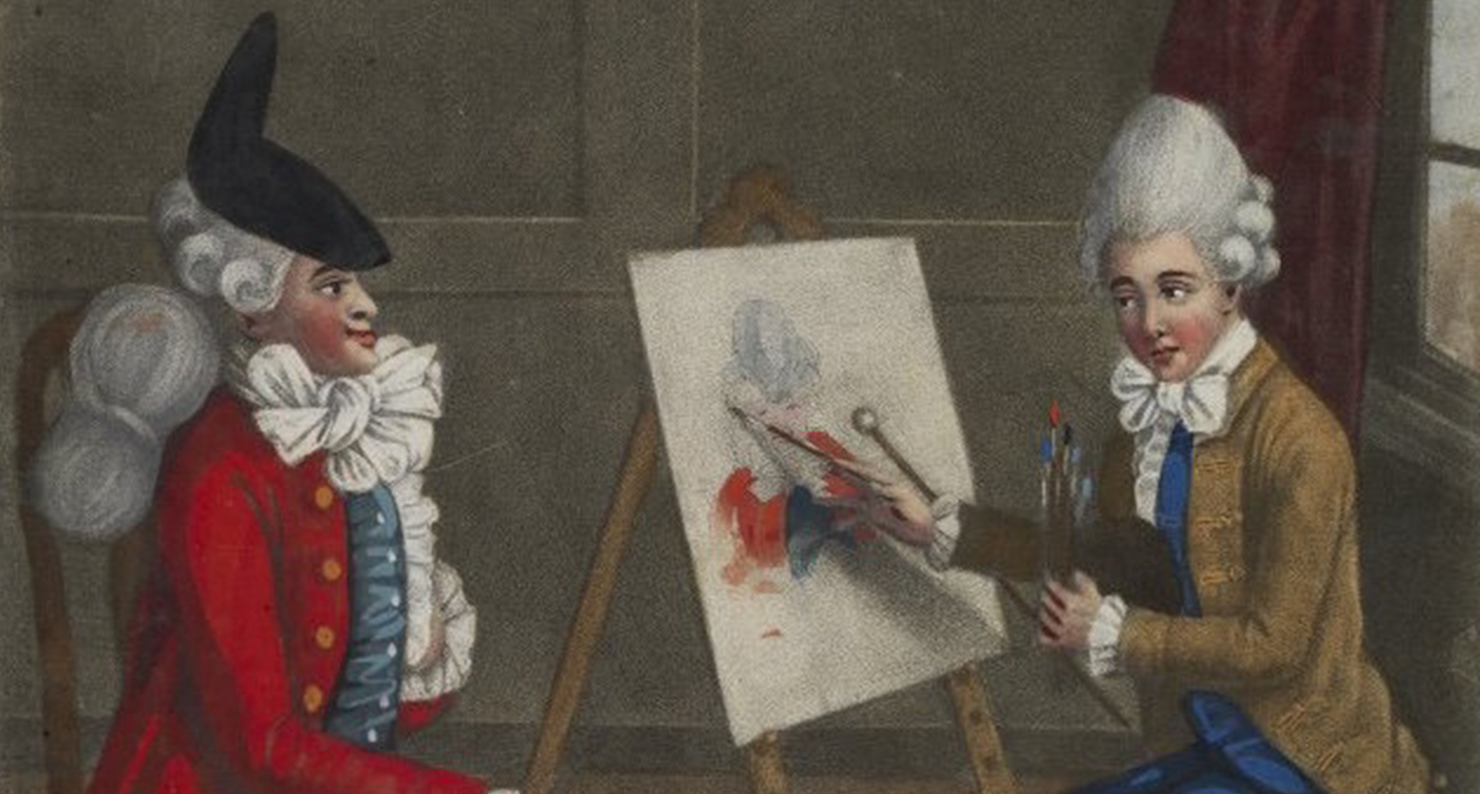
A portrait of the painter Richard Cosway (nicknamed the “Macaroni Painter” or “Billy Dimple”), by Robert Dighton, 1772.
• Urban legends and ghostly tales of the 1940s—and why Americans were so enchanted by them. (JSTOR Daily)
• The life, work, and challenges of Anna Komnene, medieval historian: “Like almost all premodern texts by women, the Alexiad’s authorship has not gone unchallenged. One historian ascribed it to Anna’s husband, Nikephoros Bryennios, who died before he could bring his unfinished history up to Alexios’s reign. Most Byzantinists, however, have accepted her authorship while punishing her for her transgression. A lurid tale, dating back to Edward Gibbon in 1788, has it that she herself aspired to the throne and, ‘stimulated by ambition and revenge’, plotted to murder her brother John in order to seize it. When her plans were foiled, the guilty princess tried to console herself with writing, but her history ‘betrays in every age the vanity of a female author’ (male authors apparently being exempt from that vice).” (London Review of Books)
• A Christian monk is attempting to save Islamic artifacts from ISIS. (The Atlantic)
• In Georgian England, macaroni (the food and the word) became a curious signifier: “Permeating all these late eighteenth-century notions of the macaroni is the idea that strange cuisine and dress were not the only unconventional customs these travelled young men brought back from abroad. Italy, in particular, was associated by the Protestant British with perversity because of the influence of an unmarried Roman Catholic priesthood which, it was thought, expended its sexual energies on cuckoldry and sodomy. The further implication was that British aristocrats might also bring a taste for such vices back with them from their travels.” (Public Domain Review)
• The fight for twilight sleep: “In later years, twilight sleep, in which women were put into a drug-induced trance, would come to exemplify America’s ‘knock ’em out, drag ’em out’ era of childbirth, when women were given little choice about being medicated into a stupor during labor. But in 1914 and 1915, twilight sleep was a cause célèbre among American feminists, who formed twilight sleep associations and tried to spread the gospel. Like today’s home-birth movement, the movement promoting twilight sleep called for women to take control of their birth experiences and speak up against doctors who would deny them this choice.” (Atlas Obscura)
• Andy Warhol versus Donald Trump. (Village Voice)